Invented by Rory LUTTER, Andrew Walkingshaw, Verizon Patent and Licensing Inc
One of the key drivers of this market is the increasing popularity of virtual reality (VR) and augmented reality (AR) technologies. These technologies allow users to experience a simulated environment that feels real, enhancing their overall viewing experience. By providing a three-dimensional preview of a reality video, companies can give consumers a taste of what they can expect from the full-length video, enticing them to make a purchase or subscribe to a service.
The market for three-dimensional previews of reality videos is not limited to entertainment alone. Industries such as real estate, tourism, and education are also capitalizing on this technology. Real estate companies, for example, can provide potential buyers with virtual tours of properties, allowing them to explore every corner of a house or apartment before making a decision. Similarly, tourism companies can offer virtual tours of popular destinations, giving potential travelers a glimpse of what they can expect before booking a trip. In the field of education, three-dimensional previews of reality videos can be used to create interactive learning experiences, enabling students to explore historical sites or scientific phenomena in a more engaging and immersive way.
The market for providing three-dimensional previews of reality videos is also driven by the increasing accessibility of VR and AR devices. With the advent of affordable VR headsets and smartphones capable of supporting AR applications, more and more consumers have the means to experience these immersive technologies. This has created a larger audience for companies offering three-dimensional previews, as consumers can easily access and view these previews on their own devices.
Furthermore, advancements in video production and editing software have made it easier for companies to create high-quality three-dimensional previews. With the right tools and expertise, companies can seamlessly merge reality footage with computer-generated elements, resulting in a realistic and immersive experience for viewers. This has opened up opportunities for both established production studios and emerging startups to enter the market and offer their services to a wide range of industries.
In conclusion, the market for providing a preview in three dimensions of a reality video in three dimensions is experiencing rapid growth due to the increasing demand for immersive experiences and the accessibility of VR and AR technologies. As more industries recognize the potential of these technologies, the market is expected to continue expanding. Companies that can provide high-quality, engaging, and interactive three-dimensional previews will have a competitive edge in this evolving market.
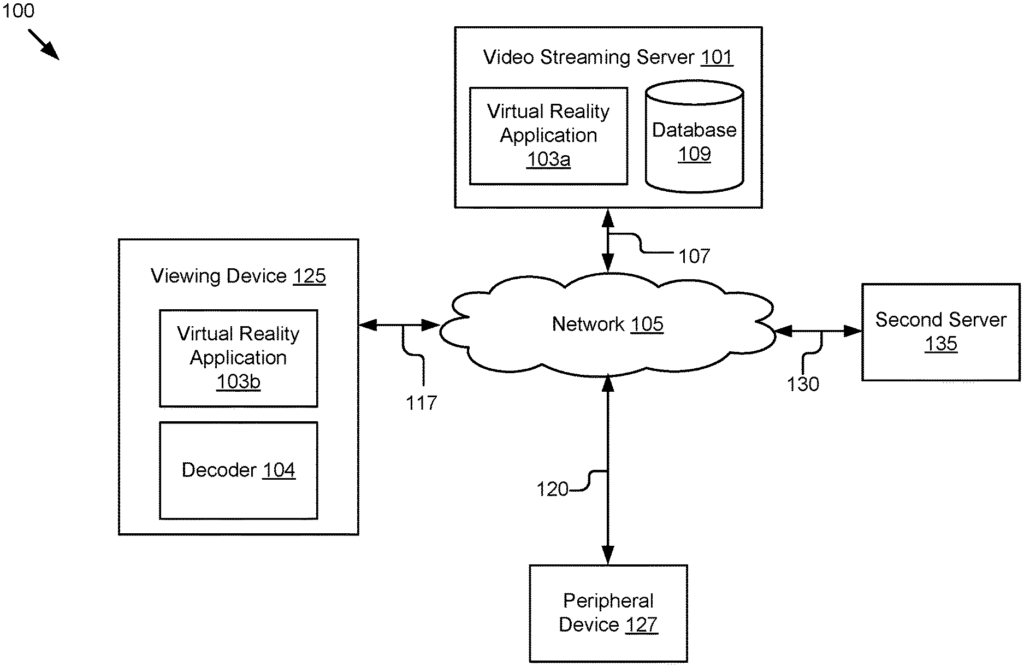
The Verizon Patent and Licensing Inc invention works as follows
The method is illustrated by providing, to be displayed by a display, a preview of a 3D virtual-reality video within a 3D Object in a virtual-reality menu user interface. This preview corresponds to the first location of the 3D Object. Receiving data describing the rotation of this 3D Object in the virtual-reality menu user interface and then providing, to be displayed by the display, and based upon the rotation of the 3D object, a preview of the 3D Virtual
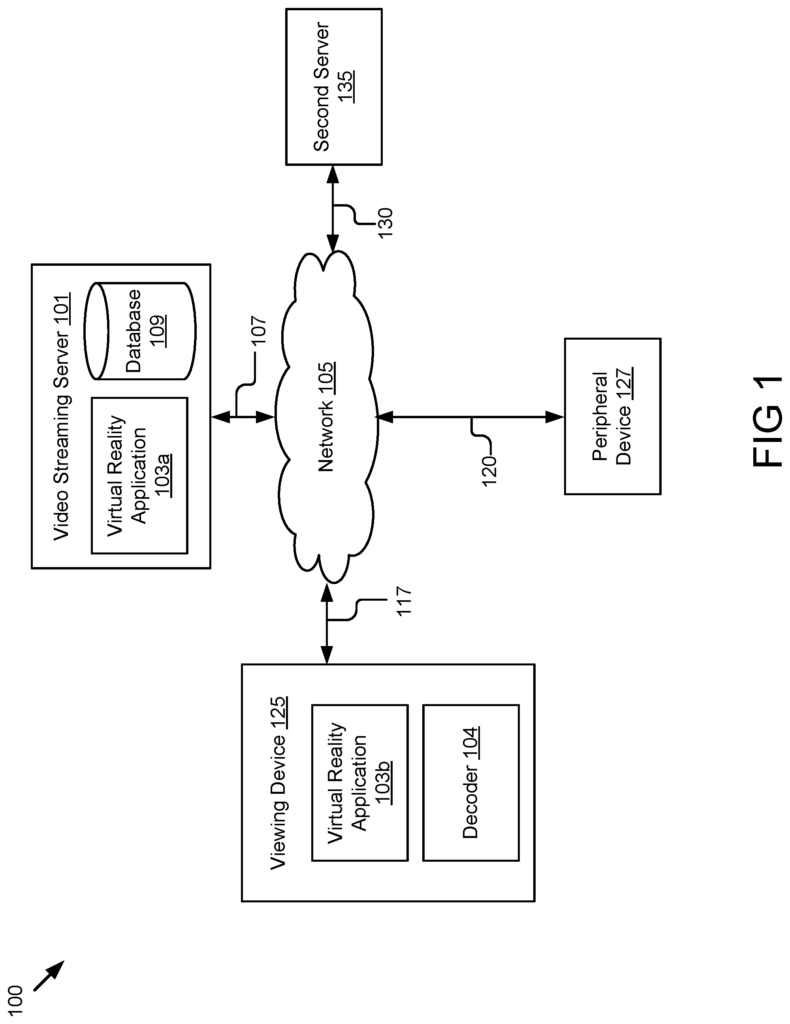
Background for Providing a preview in three dimensions of a reality video in three dimensions
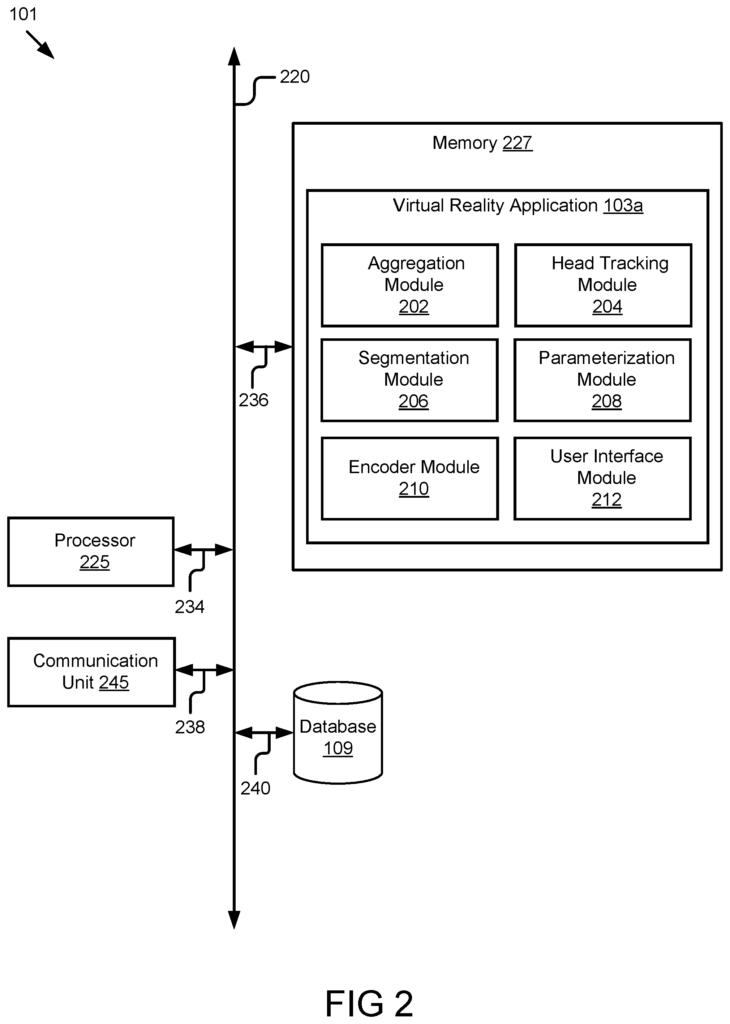
Another cause of virtual-reality sickness is when the user is at the wrong place in a virtual reality. If the virtual reality video shows a mountain, for example, the user might enter the video on the south-facing side of the mountain. However, they may prefer to enter at the top on the north-facing side. Virtual-reality sickness can occur when the user has to move around in the virtual reality video. Virtual reality systems of the past have not attempted to reduce virtual-reality illness.
The following summary presents a simplified overview of one or more aspects described in the present invention. This summary does not provide an exhaustive overview of all aspects, nor is it intended to identify critical or key elements in all aspects or define the scope of each aspect. The summary is intended to introduce one or more aspects to the systems and methods described in this document as a precursor to the detailed description presented below.
The method comprises stitching together images of an environment captured with a camera array to create a virtual reality video in three dimensions (3D). The method also includes generating graphic data to display a virtual-reality user interface, which includes a selectable two-dimensional icon of the 3D VR video. Based on the movement of a peripheral, the method determines that the user grabs the 3D VR video and moves it from a first position to an object. The method also includes displaying an object with a 3D virtual-reality video preview inside the object.
In some embodiments, an object is a ball. In some embodiments the method includes receiving from the peripheral device a rotation for the sphere, and displaying it as rotated, including updating the viewing direction to correspond with a location in the 3D virtual video displayed within the globe. In some embodiments the method also includes receiving from the user a selection of a sphere in a rotational position and displaying 3D virtuality video surrounding the user at the location that corresponds with the rotated positions. In some embodiments the method also includes determining the viewing angle of the person based on the configuration of an object, and rendering the first portion of a 3D virtuality video that corresponds with the viewing angle of the person in a higher quality than other portions that do not. In some embodiments the method also includes determining, using movement of the peripheral devices, that the sphere is being moved closer to the user’s head and increasing the size of the ball as the user brings the sphere nearer to the user’s head. In some embodiments the method also includes, in response to displaying 3D virtuality within the sphere around the head, removing the edge of sphere so that it is invisible to user. It may also include detecting based on movement from the peripheral device that a user’s hand is closer to the head than a threshold, and displaying an outer edge of sphere if the hand is closer than the threshold. In some embodiments grabbing the 3D video virtual reality includes pinching a finger and thumb together. In some embodiments the object has an indicator that shows the progress of the 3D Virtual Reality video.
The system includes: one or multiple processors and a memory containing instructions that, when executed, cause one or several processors to perform the following operations: generating 3D Virtual Reality Video by stitching images captured by a camera, generating graphic data to display a virtual user interface with a 2D selectable icon for the 3D Virtual Reality video, determining based on the movement of a peripheral that the user moves their hand in front of 3D Virtual reality video and grabs it from a 1st location to a
In some embodiments, an object is a ball. In some embodiments the instructions cause one or more processors perform additional operations, including: receiving from the peripheral device a rotation for the sphere, and displaying it as rotated, which includes updating a view direction that corresponds with a location in the 3D virtual video displayed within the globe. In some embodiments the instructions direct the one or multiple processors to perform additional operations, including: receiving from the user a rotation of the sphere and displaying the 3D Virtual Reality Video surrounding the user at the location that corresponds with the rotated position. The instructions in some embodiments cause one or more processors perform additional operations, such as: determining the viewing angle of the person based on the configuration of an object; and rendering the first portion of 3D virtuality video that corresponds with the viewing angle of the person at a higher quality than other portions that do not.
The following are some examples of non-transitory computer-readable media: “In certain embodiments, an electronic medium that is not transient includes instructions that when executed by a computer or computers cause them to perform operations. These operations include: generating 3D Virtual Reality Video by stitching images captured by a camera, generating graphic data to display a virtual-reality user interface with a 2D selectable icon for the 3D Virtual Reality video, determining based on the movement of a peripheral that the user grabs the 3D VR video and moves the 3D video and moving the 3D a virtual-reality user interface, virtual reality interface, virtual reality interface, including a 2D Selectable virtual reality interface, virtual reality, by a virtual-dimensional virtual reality interface, by the 3D a a a a a a 3D a 3D a a a a a a a a 3D a a 3D -review a 3D video from the first location, inside an object.
In some embodiments, an object is a ball. In some embodiments the operations include: receiving from the peripheral device a rotation for the sphere, and displaying it as rotated, including updating the viewing direction to correspond with a location in the 3D virtual video displayed within the 3D sphere. In some embodiments the operations include: receiving from the user a selection of a sphere in a rotational position and displaying the 3D Virtual Reality Video as surrounding the user at the location that corresponds with the rotated positions. In some embodiments the operations include: determining the viewing angle of the person based on the configuration of an object, and rendering the first portion of 3D virtuality video that corresponds with the viewing angle of the person in a higher quality than other portions that do not. In some embodiments the operations also include: determining, on the basis of movement of the peripheral devices, that the users moves the ball closer to their head and increasing the size of the ball as they move the sphere nearer to their head.
Other aspects include corresponding systems, apparatuses, computer program products, and methods for these and other inventive aspects.
The disclosure is advantageous in several ways. The virtual reality application includes an object (such as a ball) that shows a preview in three dimensions of a virtual reality video. This allows the user to enter the video and view the content. The object can be used to choose a specific location in the virtual reality three-dimensional video. This will reduce nausea as the user selects a location that they want to be. The virtual reality application will determine the viewing direction of the video based on where you have selected. It will then render that video with higher bandwidth than the other parts of the video.
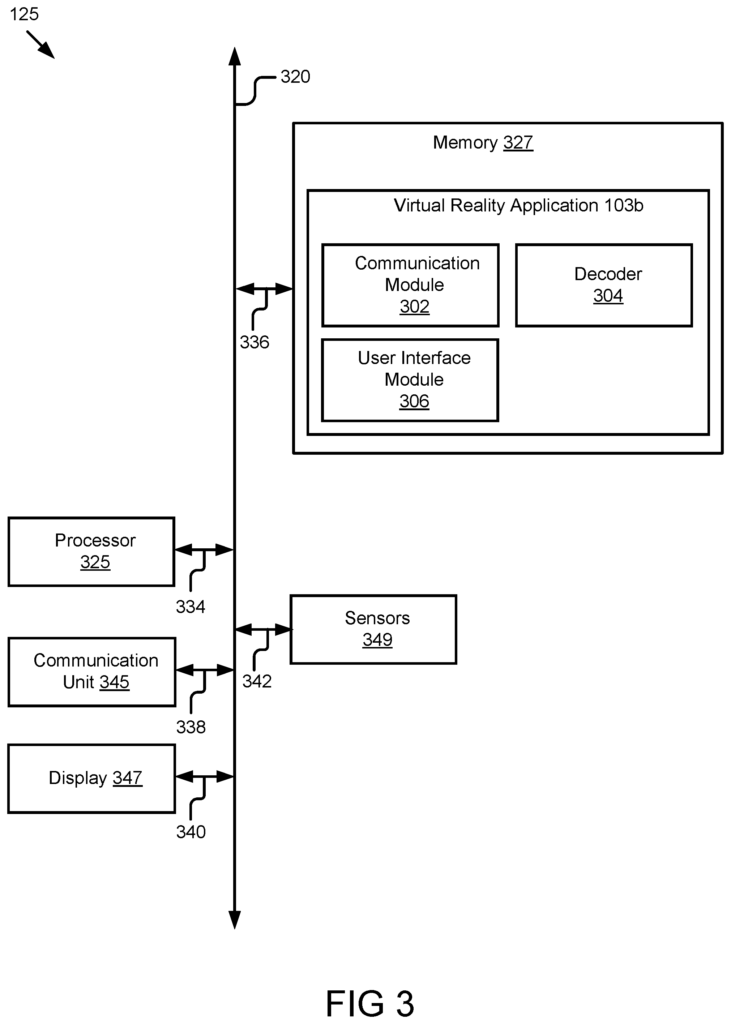
Click here to view the patent on Google Patents.
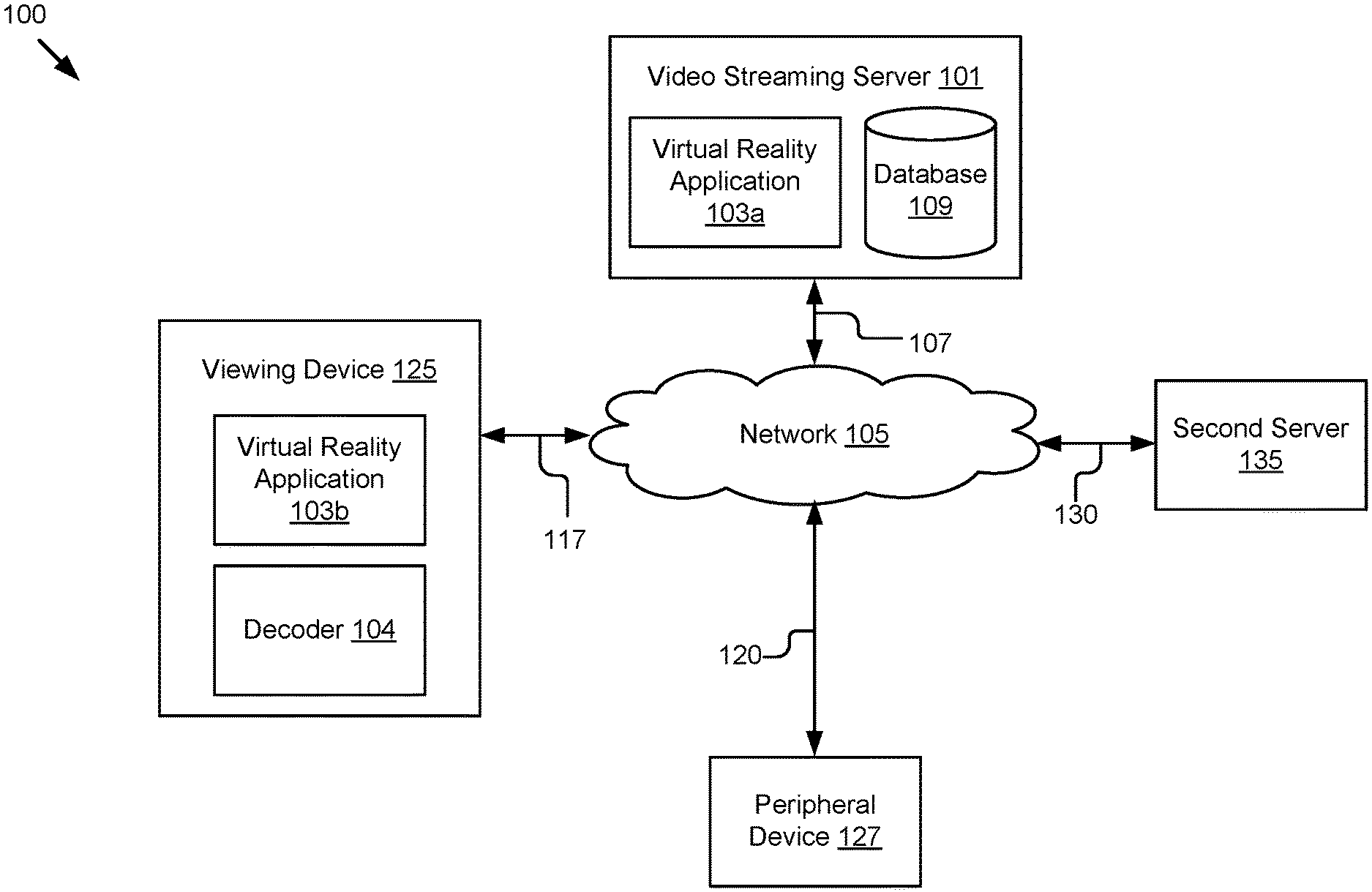
Leave a Reply